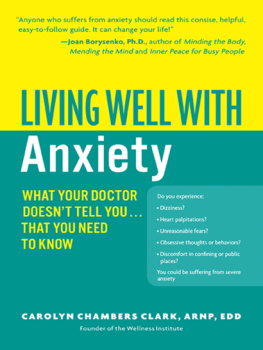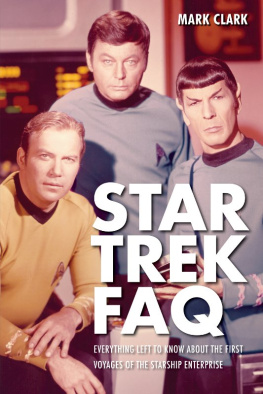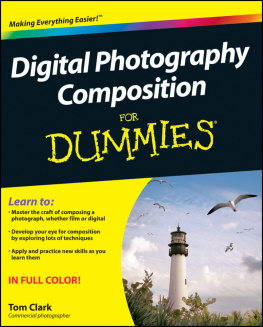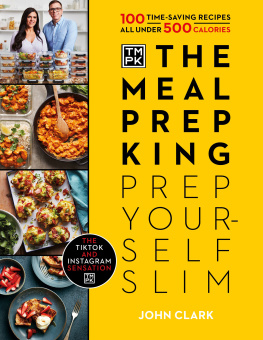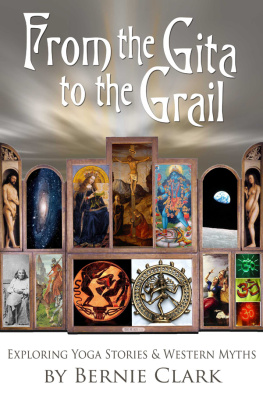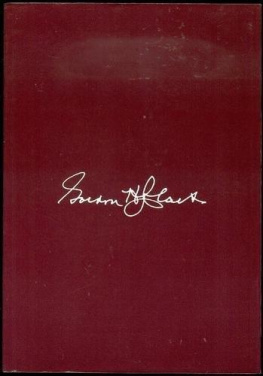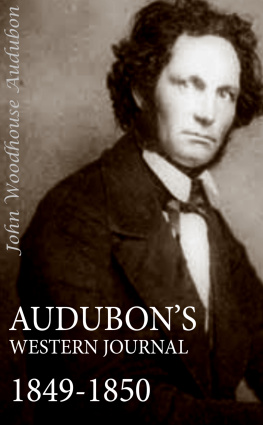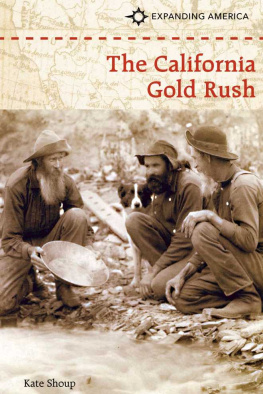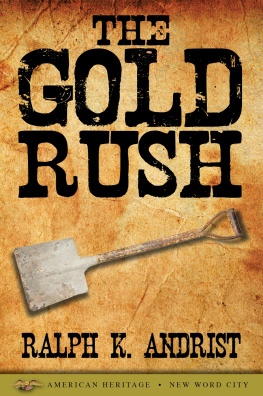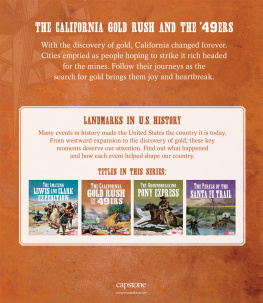About the Author

John Stuart Clark (aka Brick) was born of Austrian-Scottish parents in Berne, Switzerland, two days after Mao Tse Tung stuck China in his back pocket. He became a professional cartoonist the year Margaret Thatcher plopped Britain in her handbag. For some reason, he matured into a political cartoonist and travel writer, with regular slots in newspapers and magazines in Europe, Australia, Africa and (occasionally) America. His latest book and first graphic novel (Depresso or: How I Learned to Stop Worrying and Embrace Being Bonkers) was shortlisted for the UK MIND Book of the Year Award. He lives in the East Midlands of England with his partner and a Border Collie who would prefer to live in Scotland.
Author's Website: www.brickbats.co.uk
Braddocks Road
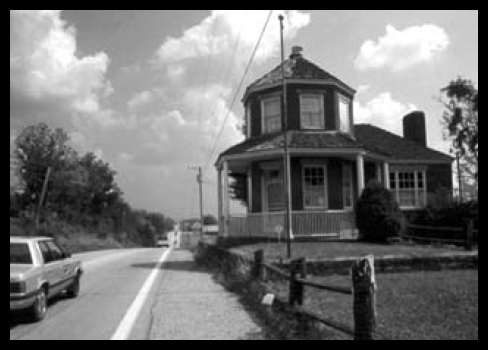
The California Trail
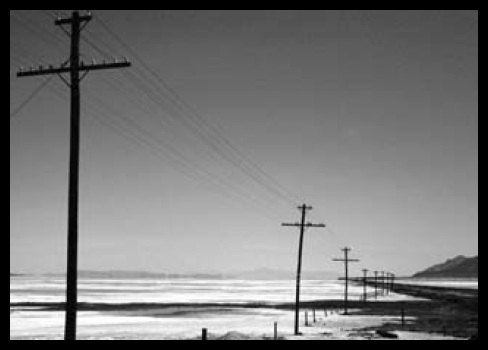
Chapter 1
You cant get out of here you know.
The voice was deep, dark and authoritative. I looked up from tying my shoes to see a gargantuan customs official waddling towards the mens room.
The only way out is by bus, he called back, already fumbling at his flies, but youll have to box your bicycle before theyll take it.
Between checking visas, this same official had spent three quarters of an hour watching me unbox my bicycle, rebuild it, load up the pannier bags, dispense with the box, disappear into the mens room and emerge dressed as Lycraman. Only then did he decided to tell me the good news. There were only two ways out of Washington Dulles Airport, by air or by freeway, and bikes aint allowed on the freeway. There was no rail terminal or service road, no footpath or track. I was trapped.
In the terminal car park, I shared my problem and a lighter with an elderly African-American couple recently arrived from Los Angeles and craving nicotine. They were dressed formally, DJ and gown.
You could put your bicycle in the trunk, the woman offered, and we could run you to the end of the freeway, couldnt we, honey?
By the size of the limo which arrived, they could have put the bike in the boot with me sat on the saddle. Where I had just flown in from, black folks were lucky if they could hail down a cab.
Hey, man, the dinner jacket replied to the surprise on my face, this is America!
Really? Just the airport, or is there more?
It wasnt a good start for somebody aspiring to ride 3,000 miles across the North American continent.
One hundred and fifty years after the St. Louis Republican carried the first report east of the Rockies that gold had been discovered in California, I touched down in the U.S. of A. In a weeks time, if I could break free of the airport, I would begin my journey shadowing the route of the 1849 Gold Rush from Washington D.C. to Sacramento. In a country forged on the back of westward bound wagon trains and lone saddle tramps, I planned to retrace one of the most extraordinary migrations of them all, and was damned if I would be propelled into the capital at a speed greater than that of a galloping horse. I had every intention of beginning my journey the way I meant to continue.
I rode off to the start of Interstate 267. As I approached, the superintendent of toll booths stepped forward with an arm raised.
Before you say anything, I said, Ive talked to a couple of cops. They said I could to take the freeway.
It was the truth, but the super eyed me with suspicion. Okay, you can ride as far as that, he said, pointing to a slip road up to a fly-over five hundred yards down the interstate which the police had already warned me fed back into a different section of the airport. I cycled up the slip road and down the other side, back onto the interstate.
My journey into the capital was a baptism by fire. Between dodging flayed tyres, broken bottles and shattered windscreens, I rode the interstate hugging the gutter of the emergency lane for dear life. How I escaped being sucked into the slipstream of convoys of trucks defies physics, and my memory of free-ranging across eight lanes of rush hour traffic to reach a far embankment and a county road remains locked in a post-traumatic amnesia. Monitoring my progress through traffic cameras, I imagined the Highway Patrol were doubled up with paroxysms of mirth.
Four hours later, with darkness drawing in fast, I arrived at the south bank of the Potomac River shaken but unscathed, wondering if it was such a good idea to undertake this journey by bicycle. In theory, pedal power would enable me to cross the first half of America at approximately the same speed as a Forty-Niner travelling on horseback. In practice, it appeared parts of the country were now only accessible to drivers. I had a nasty feeling I was set to become a familiar source of light entertainment on CCTV.
Across the Potomac, Georgetown was jumping, the sidewalks bustling with night shoppers and boisterous parties hunting a restaurant which wasnt heaving. The road was an assault course of chatty kerb-crawlers, sloppy parking and meandering pedestrians, but the streets became calmer the further east I rode. The closer I got to the city centre, the quieter Washington became. By Thomas Circle, a handful of blocks from the seat of government, the imperial capital of the most powerful country in the history of the world fell silent. As if downtown had been zapped by a neutron bomb, nothing stirred. Except that the stillness was now contained within acres of office blocks and mausoleums, Washington was as lifeless as it was a century and a half ago.
Though already the administrative centre of the United States, the capital wasnt much more than a rat infested sewer in the middle of the nineteenth century. Burgeoning cities like New York and Philadelphia might have been obvious choices for the headquarters of the new republic, but politics demanded a custom-built capital, then struggling to rise out of the marshes at the fork of the Potomac and Anacostia Rivers. Labelled the City of Magnificent Distances by Charles Dickens, who visited in 1842, it was a wide open street plan full of promise but short on buildings. What people called blocks were squares of wasteland waiting to be blocked in. Streets started nowhere, ended nowhere and were unpaved. Washington was nearly sixty years old, but Pierre LEnfants great master plan for a showcase capital was painfully slow in revealing itself.
Public buildings appeared to be plonked as far from the public as possible. If there was any reason why two departments need have a close relationship, it was also good reason to site them at opposite ends of the city. A clerk with a memo to deliver had to walk through fields and climb fences, hold his nose crossing congealed sewage and claw his way through the ankle deep mud of the ploughed street on which the next administration block was located.
Along the way, he might have passed his boarding house, where the clerk shared a room with six and a bed with one other, invariably a stranger. It was probably in a row of three-storey Georgian terraces which also contained homes, workshops, stores and maybe a hotel. The block was one of a number of isolated hamlets struggling to weld together to form the residential and commercial districts of the aspiring capital. For eight dollars a week, the young clerk was fed and roomed. According to Dickens, dinners were an all-in wrestling match and floors were splattered with bile spreading out like yellow lava from festering spittoons. Reading his American Notes, you get the impression Washington was awash with phlegm.


